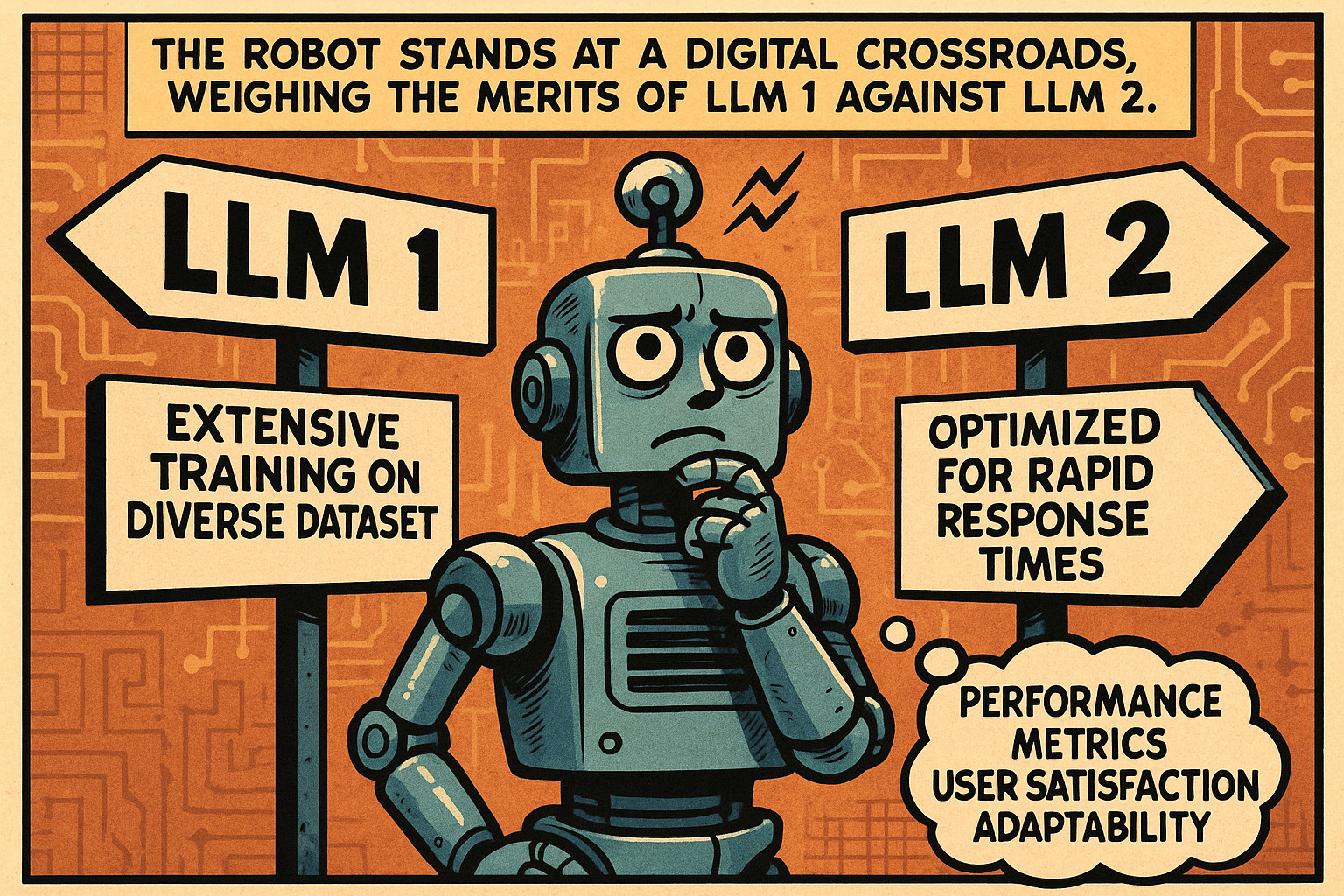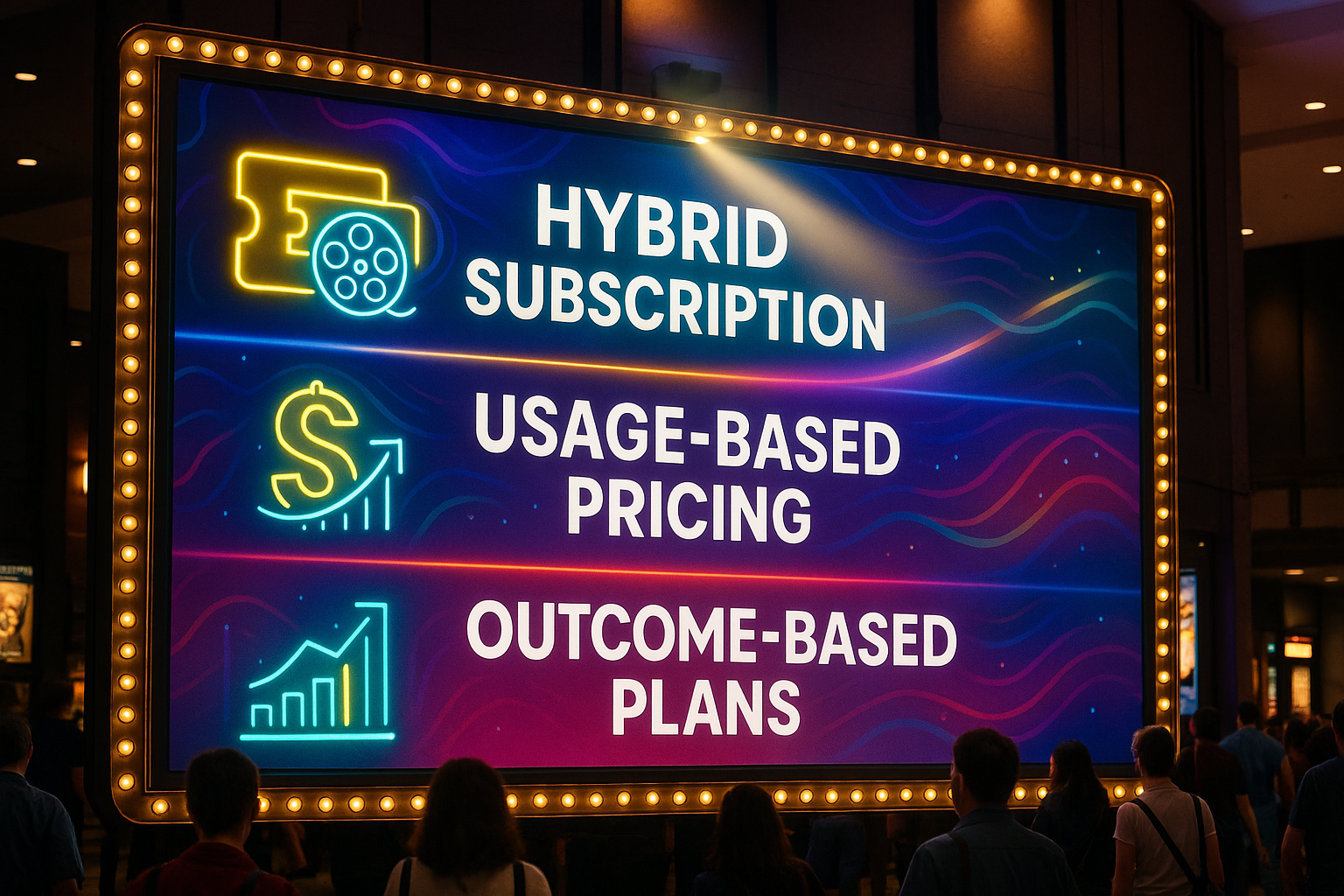
AI Pricing Models: Which One Fits Your Startup?

Pricing is one of the hardest parts of building an AI company. The right structure can make your product easy to adopt, predictable to budget for, and scalable as usage grows. The wrong one can leave you misaligned with customers or struggling to cover infrastructure costs.
Most AI startups today fall into four buckets: pure subscription, usage-based, outcome-based, or hybrid pricing. Each has advantages and tradeoffs depending on your product and market. Let’s break them down.
1. Pure Subscription Pricing
What it is:
Customers pay a flat monthly or annual fee, usually across a few tiers. Each tier often comes with bundled “credits”—like LLM tokens, image generations, or API calls—that users can consume.
Who uses it:
-
Early consumer AI apps and productivity tools.
Example(s):
-
Jasper AI → fixed subscription tiers with usage caps.
-
Grammarly → clear subscription-only plans for individuals and teams.
Why companies choose it:
Simple, predictable, easy to market — but risks over/under-utilization by different customers.
Good Reads:
-
Bessemer’s SaaS Pricing Course — practical guidance on SaaS subscription tiers.
2. Usage-Based (Pay-as-You-Go)
What it is:
Customers buy credits or pay directly for the amount of compute or API calls they consume.
Who uses it:
-
API-first infrastructure companies.
Example(s):
-
OpenAI → per-token pricing across GPT models.
-
Anthropic → charges by input/output tokens for Claude.
-
Google Vertex AI → per-request and per-compute-hour charges.
Why companies choose it:
Aligns costs directly with usage, highly scalable — but revenue predictability can be tricky.
Good Reads:
- OpenView Partners: The Usage-Based Pricing Playbook — a comprehensive guide to why UBP works and how to implement it.
3. Outcome-Based Pricing
What it is:
Instead of charging for raw usage, you charge when the AI delivers a successful outcome (lead generated, hire completed, classification returned, etc.).
Who uses it:
-
Vertical AI apps with measurable ROI (sales, recruiting, customer service).
Example(s):
-
Gong → sales enablement insights tied to measurable outcomes.
-
Eightfold AI → often charges based on successful hires or matches.
-
Cresta → focuses pricing on productivity gains in contact centers.
Why companies choose it:
Directly tied to ROI — powerful but operationally heavy to implement.
Good Reads:
4. Hybrid Pricing
What it is:
A mix of subscription + variable usage. For example, $49/month includes 1M tokens, then $0.50 per extra 100k tokens.
Who uses it:
-
SaaS-like AI apps that want predictability plus flexibility.
Example(s):
-
Jasper AI Business Plan → subscription tiers with overage usage.
-
Copy.ai → flat subscription includes word count, with enterprise scaling.
-
Runway → subscription that bundles credits, with add-ons available.
Why companies choose it:
Predictability + ability to capture heavy usage upside — but requires careful messaging to avoid confusion.
Good Reads:
The Bigger Point: Experiment and Adapt

Every company is different. The right pricing model depends on your product, customer base, and stage of growth. What matters most is not locking yourself into one model too early. Many AI startups experiment—starting with subscriptions for simplicity, then layering in usage or outcome-based options as they grow.
The best advice? Try things. Get feedback. Don’t be afraid to switch.
How Lava Helps
No matter which pricing model you choose, Lava makes it easy to support it. With Lava:
-
You can run subscription, usage-based, outcome-based, or hybrid pricing without building your own billing system.
-
You can track credits, handle overages, and get paid seamlessly.
-
And with Lava Build you can connect to any major AI model through one API, while keeping pricing flexible.
-
With Lava Monetize, you can implement any of these pricing structures without reinventing payments infrastructure.
Whether you’re charging per month, per token, or per action—Lava gives you the financial and access layer to do it right.

